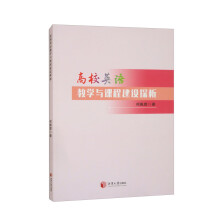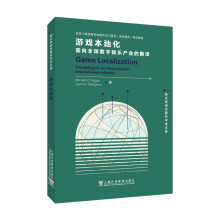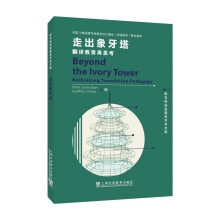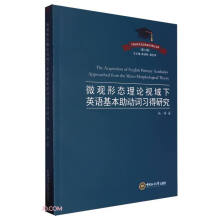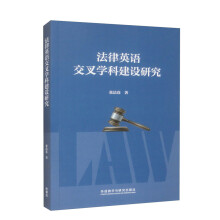1 INTRODUCTION
2 BACKGROUND
2.1 Properties of the sole argument of intransitive verbs
2.1.1 Object properties of the intransitive argument
2.1.2 Subject properties of the intransitive argument
2.1.3 Verbal agreement in intransitive clauses
2.2 Argument realization with passivized verbs
2.2.1 Passive-with-se
2.2.2 Periphrastic passive
2.3 Summary
3 THEORETICAL FRAMEWORK
3.1 The general framework
3.1.1 C-structure and f-structure
3.1.2 Inception of argument structure and argument realization
3.1.3 Syntax from an OT-LFG point of view
3.2 Current mapping theories
3.2.1 Lexical Mapping Theories
3.2.1.1 Standard LMT
3.2.1.2 LMT of Kibort-Findlay
3.2.1.3 Problems with the two LMTs
3.2.2 Functional Mapping Theory
3.2.3 Case in LFG
3.3 Summary
4 TOWARDS ANEW MAPPING THEORY
4.1 Argument-to-function mapping theory
4.1.1 The theory
4.1.2 Illustration of the theory
4.2 Subject-object alternation and verb agreement
4.2.1 Constraints on the subject-object alternation
4.2.2 Verb agreement
4.3 Passivization and impersonalization
4.3.1 LFG passivization and Catalan passive constructions
4.3.1.1 Current approaches to passivization in LFG
4.3.1.2 Catalan periphrastic passive
4.3.1.3 Catalan reflexive passive
4.3.2 LFG impersonalization and Catalan impersonal constructions
4.3.2.1 Current approaches to impersonalization in LFG
4.3.2.2 Catalan reflexive impersonal
4.3.2.3 Viability of a unified analysis
4.3.3 Summary and further discussion
4.4 Causative as a complex predicate
……
5 EXTENSION OF THE STUDY
6 CONCLUSIONS
REFERENCES
展开

